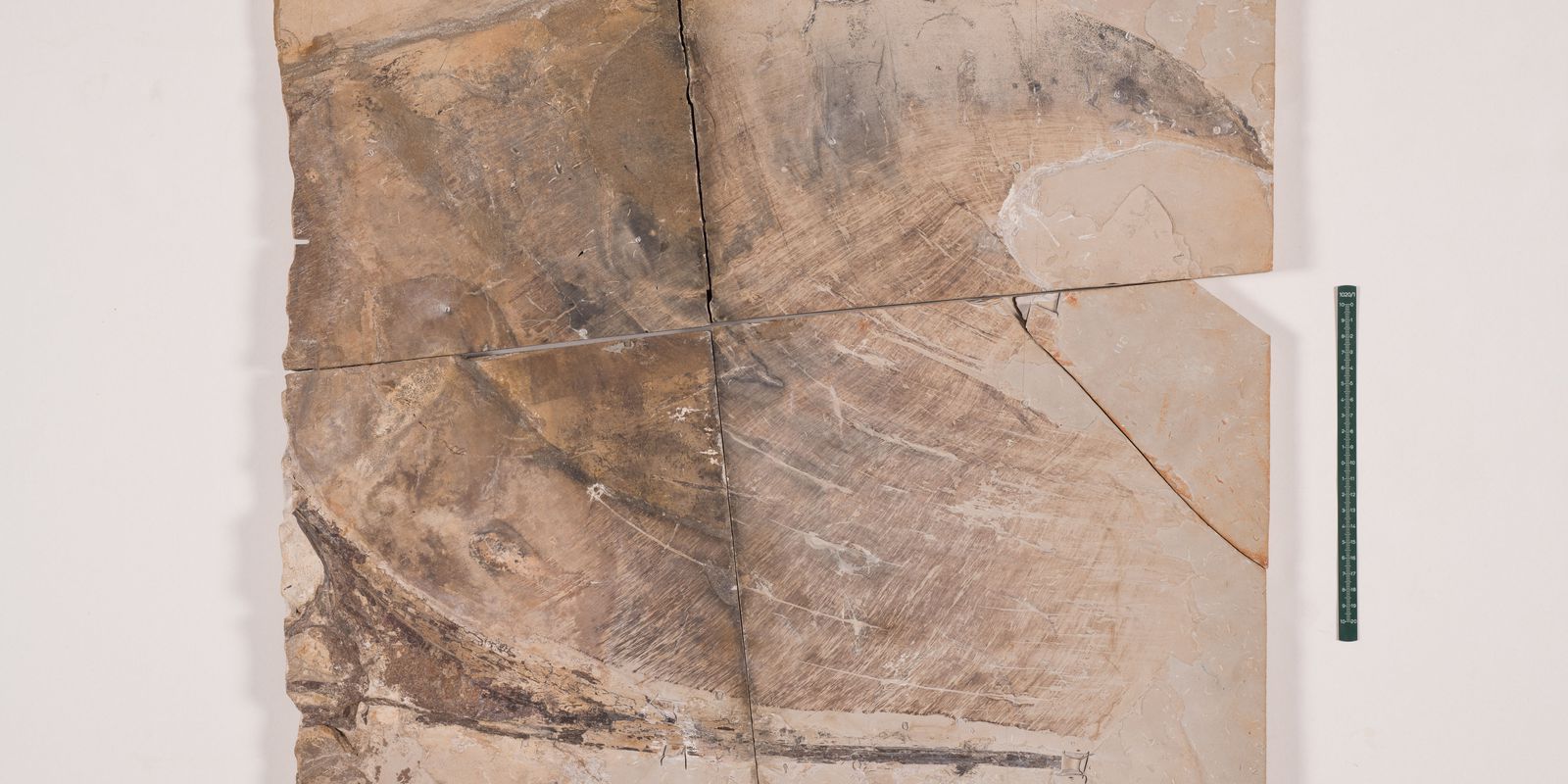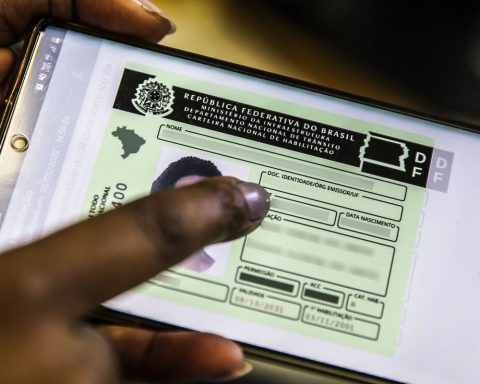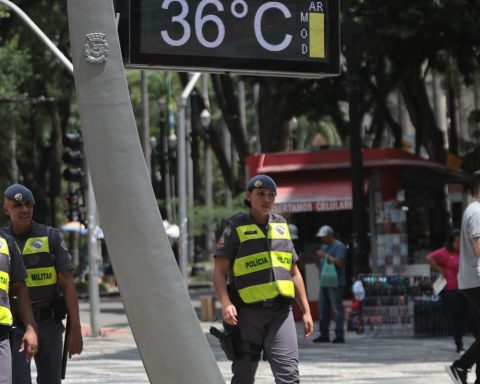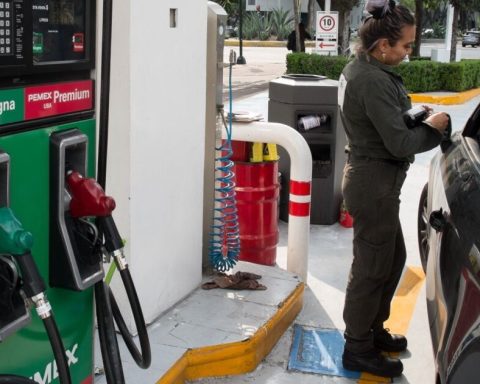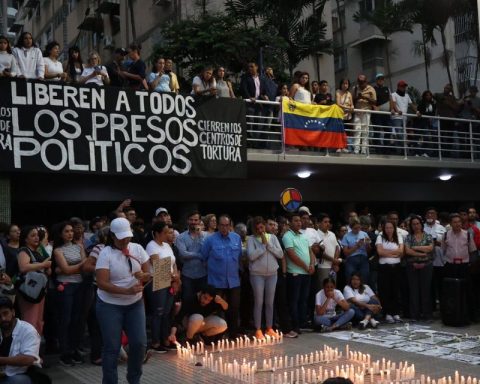A Brazilian pterosaur fossil that had been illegally removed from the country and was held at the Royal Institute of Natural Sciences in Belgium was repatriated last week and handed over to the Earth Sciences Museum of the Geological Survey of Brazil (CPRM). “We caught him on Sunday (6), at the [Aeroporto do] Galleon,” he told Brazil Agency the museum’s curator, paleontologist Rafael Costa da Silva. This Tuesday (8), the repatriated piece was formally presented. Before being taken to the Belgian museum, the fossil was part of a private collection in that country.
The fossil was identified by Brazilian researchers in 2017, but Silva said he did not know how long it had been outside Brazil. “As it was irregularly, illegally, together with a private collection, we don’t know how long it was there in Belgium”.
It is one of the fossils from the Araripe Basin, in Ceará, which are heavily smuggled. “They are around 120 million years old, from the Cretaceous period.” It has already been incorporated into the collection of the Museum of Earth Sciences and should be part of a special temporary exhibition that will occupy an equipment room and gather other pterosaur fossils. The exhibition is expected to be held next month.“The fossil is now ready to be exposed and researched.” The date of the exhibition should be announced before Carnival.
cousin of dinosaurs
The fossil is formed by a skull without a snout and a crest, a kind of forelock, which are preserved. According to the paleontologist, the piece is more than 60 centimeters long. “The head [completa] maybe 1 meter long. We estimate the size of the animal at about 4 meters in wingspan”. Considered a cousin of the dinosaurs, the pterosaur was a species of flying reptile that went completely extinct at the end of the Cretaceous era.
Rafael Costa da Silva explained that, sometimes, the museum receives fossils that resulted from seizures by the Federal Police. This case, however, was different. The Museum of Earth Sciences contacted the Belgian institute for the repatriation of the piece. “It was a diplomatic discussion. Itamaraty did a great job of negotiating. This fossil did not come from a criminal investigation. It really was through diplomatic channels.” The entire process that culminated in the repatriation lasted around two years.
The Earth Science Museum is closed for works. This semester, the architectural and executive projects should be completed and the general renovation of the museum is expected to begin later this year.
